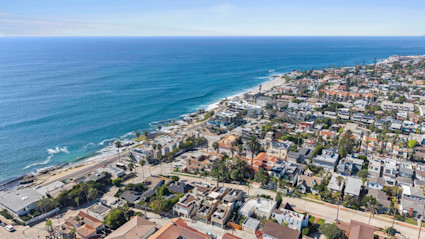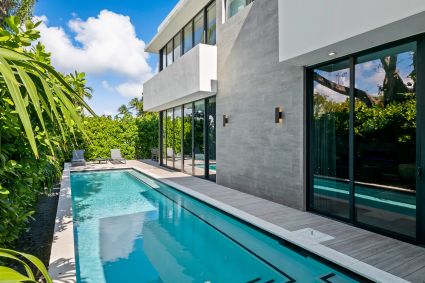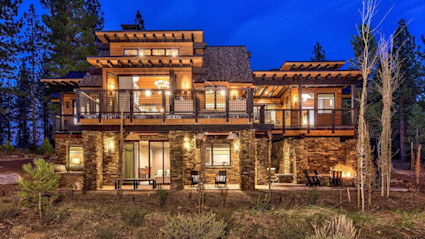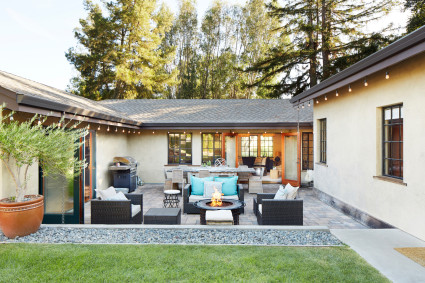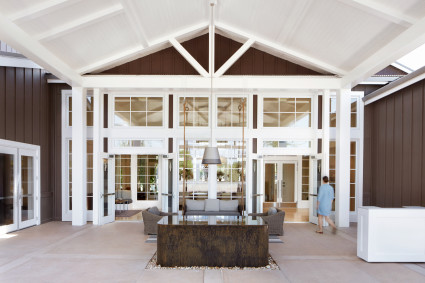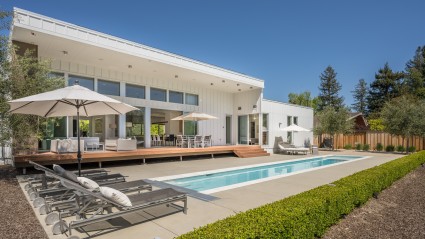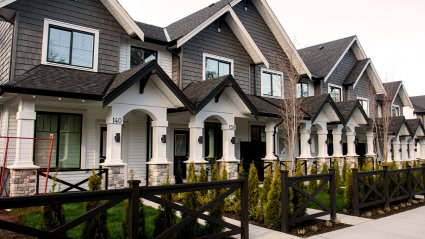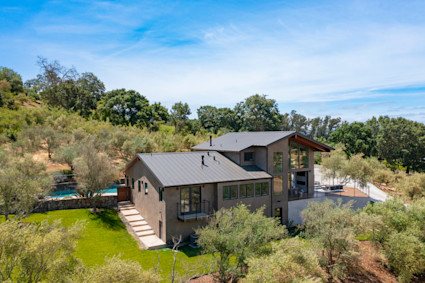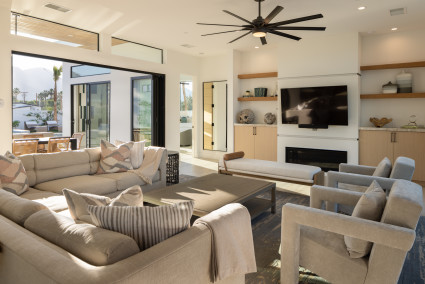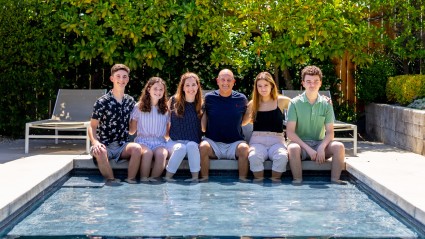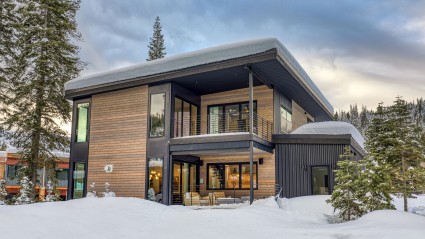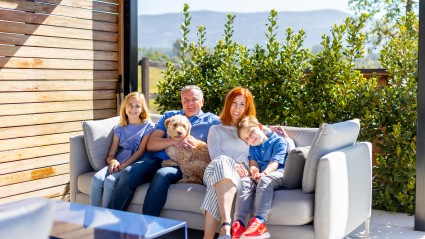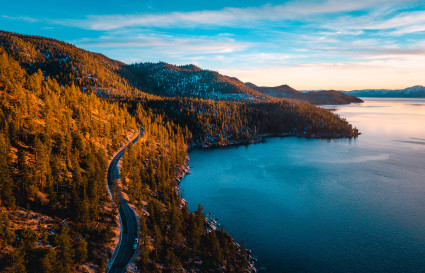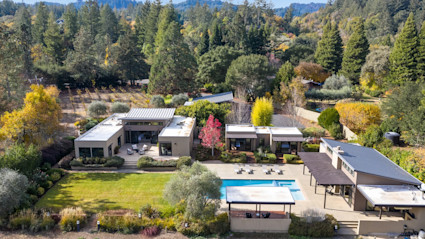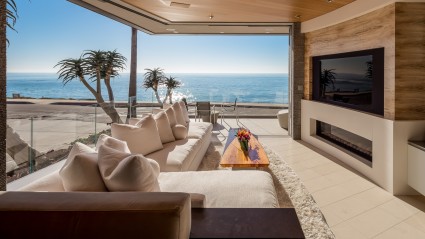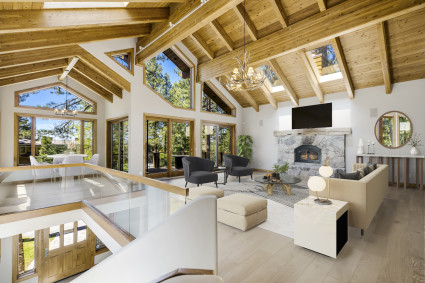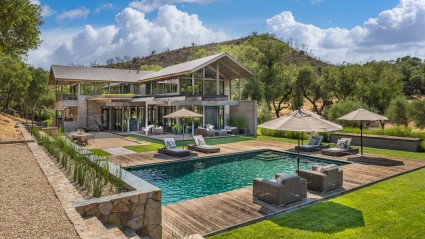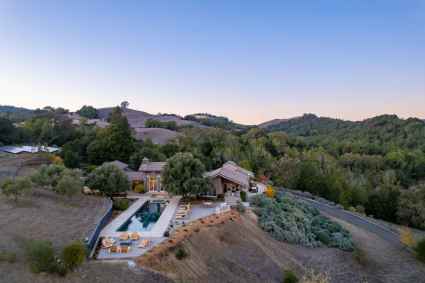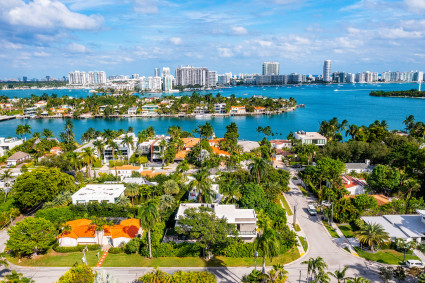72 hours in Hawaii: Top things to do on the Big Island
Few places capture Hawaii’s beauty and laid-back lifestyle quite like the Big Island. With rugged lava beds, crystal-clear waters, and quaint beach towns, it offers a slower, more grounded pace than its glamorous sister islands of Oahu and Maui. This itinerary brings all the luxury and adventure of Hawaii, without the rush of island-hopping. Here’s how to make the most of three days in paradise.
When to visit
Winter (December – March)
The Big Island is buzzing with activity in the winter months, when travelers come from near and far to trade snow for sand and the chill for warm tropical breezes. It’s peak season, so be sure to book accommodations and excursions well in advance, especially if you only have three days to explore. Winter also marks the arrival of humpback whales. Witness these gentle giants migrate thousands of miles to Hawaii’s warm, protected waters. It’s one of the most breathtaking sights the island has to offer.
Spring (April – June)
Spring has that perfect balance of pleasant weather and calmer crowds. It’s a much slower pace following the rush of the holidays and an ideal time for exploring the many things to do on the Big Island like Kona’s coffee farms, snorkeling, or taking scenic drives without the hustle and bustle of peak season.
Summer (July – early September)
Summer brings warm days, higher humidity, and plenty of families on summer vacation. While busier than spring or fall, the Big Island still feels more spacious than the other Hawaiian Islands. The waters are especially calm and clear, perfect for snorkeling, diving, paddleboarding, or simply soaking in the sunshine.
Fall (late September – November)
The Big Island’s shoulder season has the best of both worlds—ideal weather and lighter crowds. Expect warm days, gentle trade winds, and a more relaxed pace, great for travelers seeking serenity between the summer rush and winter influx.
Where to stay on the Big Island: Kona vs. Hilo
While the Big Island offers countless places to rest your head, most visitors gravitate toward two main hubs: Kona on the west coast and Hilo on the east. Each has its own distinct vibe, geography, and appeal—and choosing the right base can shape your entire experience.
Kona: Sun, sand, and sophistication
Kona is where the island’s sunshine, luxury resorts, and sparkling beaches converge. Located on the west coast, the shoreline is dotted with high-end resorts, five-star amenities, white-sand beaches, and both casual and upscale cuisine. Beyond the resorts, you’ll find some of the best things to do on the Big Island like picturesque beach bars, coffee farms, and easy access to snorkeling, boating, and cultural sites.
Hilo: Rainforests and laid-back beach days
Hilo sits on the island’s lush east coast, full of waterfalls and tropical forests. The town is less polished but full of authenticity with farmers markets, art galleries, and small inns and boutique hotels that replace big resorts. It’s also the gateway to Hawai‘i Volcanoes National Park, making it perfectly situated for those wanting to explore the island’s dramatic natural beauty up close.
The verdict
With only 72 hours to visit, where to stay on the Big Island can make all the difference. For a short getaway, Kona is the better choice. It puts you close to the best beaches, restaurants, and upscale resorts. Hilo, on the other hand, is better suited for a day trip or a scenic stop if you have more time to explore the island’s lush east side. However, for those seeking a more luxurious retreat, the Kohala Coast north of Kona stands out. This area boasts some of the island’s most luxurious resorts and offers a vacation that blends luxury, privacy, and proximity to Hawaii's natural wonders.
Popular things to do on the Big Island
Hawaii’s Big Island is a playground for adventure, culture, and luxury. With diverse landscapes, quaint beach towns, luxurious resorts, and endless shorelines, there’s something for every interest. Here are some top experiences:
Hawaii’s Big Island itinerary
Day 1 – Welcome to Hawaii: snorkel + Kona + sunset sail
Morning
Ease into island life by connecting with nature and the ocean on a morning snorkel. Thanks to a coastline dotted with gentle coves, calm waves, and thriving coral reefs, there’s plenty of locations to choose from.
After your snorkel, head into downtown Kona for a leisurely stroll and a late morning snack. Stop by
Afternoon
When hunger strikes, try the award-winning
Evening
After a sun-soaked day, set sail on a dinner cruise or sunset catamaran from Kailua Pier. Drift along the coastline as the sky turns shades of pink and gold, cocktail in hand, and let the gentle trade winds carry you into the evening. For those with energy to spare, book a night snorkel with manta rays, one of the most enchanting things to do on the Big Island. Watching these graceful creatures glide through illuminated waters beneath the stars is nothing short of mesmerizing.
Day 2 – Hilo + sky-high adventure
Morning
Start early and set out on a day trip across the island to Hilo, a lush, tropical contrast to Kona’s sun-kissed coast. The drive along Saddle Road has breathtaking views of rolling pastures, lava fields, and the slopes of Mauna Kea. Once you arrive, fuel up with a fresh juice or local coffee at
From here, the real adventure begins. Board a helicopter tour to witness the Big Island’s diverse ecosystems and volcanic power from above. Companies like
Afternoon
After your flight, spend a little time exploring Hilo’s natural beauty. Visit Rainbow Falls, or stroll through
Begin your return in the late afternoon, retracing your route along Saddle Road. If you prefer to take it slow, detour to
Evening
Toast to your day’s adventure with sunset cocktails at
Day 3 – R&R + luau finale
Morning
After two adventure-filled days, slow things down and savor the Big Island's luxurious side. Begin your morning at one of the area's premier golf courses—
Afternoon
After a leisurely lunch at the resort, head north to Kua Bay (Manini‘owali Beach), one of the Big Island’s most breathtaking stretches of white sand. The waters here are impossibly clear, ideal for swimming or simply basking in the sun with a good book. It’s a beautiful final stop before saying aloha to the island.
Evening
Wrap up your 72-hour Big Island itinerary with a traditional Hawaiian luau, complete with oceanfront seating, torchlight, and a captivating show of Polynesian music and hula. There are several options in Kona and the surrounding areas that all offer an energetic (and delicious) cultural experience. It’s the perfect finale to your Big Island escape.
Aloha for now
Three days on the Big Island is just enough to fall under its spell. You could come back year after year and still find new things to do on the Big Island. Between the sunlit shores, volcanic vistas, and the island’s unmistakable spirit of aloha, you’ll leave knowing one thing for sure: this won’t be your last visit to Hawaii's Big Island.
Read






